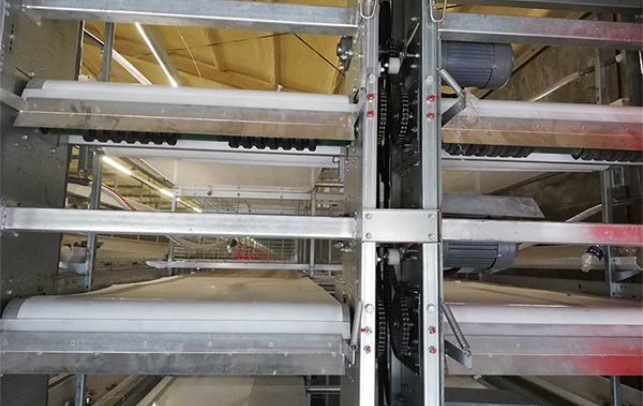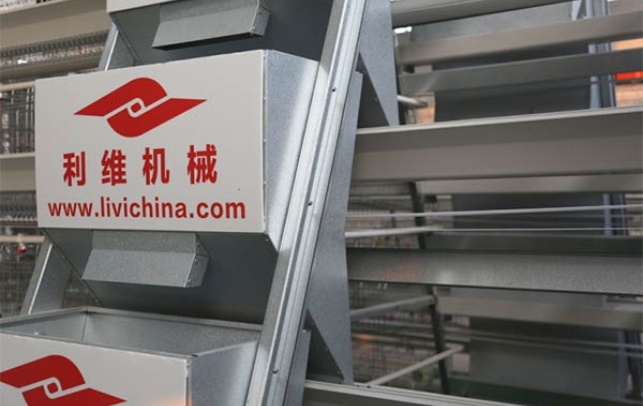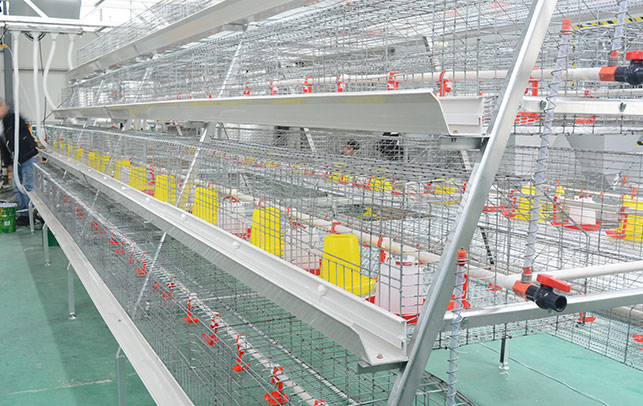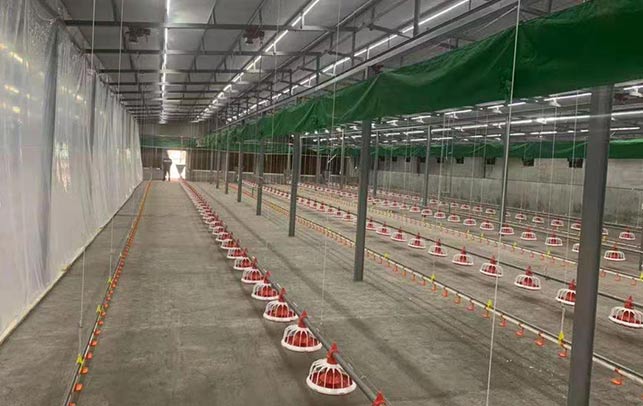Farmers Guide to Building a Poultry House
Time : 2025-03-31
Building a poultry house is an exciting project for any farmer. It’s a place where your chickens will live, grow, and produce eggs for your farm. But with so many factors to consider, it can also be overwhelming. That’s why we’ve put together this guide to help you through the process. Let’s dive right in!
Choosing the Right Location
The first step in building a poultry house is choosing the right location. Here are a few things to keep in mind:
– Sunlight: Chickens need plenty of sunlight to keep them healthy. Choose a spot that gets at least 6 hours of direct sunlight each day.
– Ventilation: Good air circulation is crucial to prevent diseases and keep your chickens comfortable. The house should be situated in an area with cross-ventilation.
– Water Access: Make sure the location is close to a water source. Chickens need fresh water daily.
– Privacy: Chickens can be quite sensitive to predators. Try to pick a spot that is away from busy roads and dense forests.
Designing the Poultry House
Once you’ve found the perfect location, it’s time to start designing your poultry house. Here are some key elements to consider:
– Size: The size of your poultry house will depend on the number of chickens you plan to keep. As a general rule of thumb, allocate about 2-3 square feet per chicken.
– Roosting Bars: Chickens need a place to roost at night. Ensure you have enough roosting bars, which should be placed at different heights to accommodate chickens of different sizes.
– Feeding and Watering Areas: Provide easy access to feed and water. You might want to consider automated feeders and waterers for convenience.
– Nesting Boxes: For egg-laying chickens, nesting boxes are essential. They should be well-ventilated and have a comfortable, soft surface for laying eggs.
– Insulation: Insulate the house to keep the chickens warm in winter and cool in summer. Insulation can also help keep your energy costs down.
Building Materials
When it comes to building materials, there are many options to choose from:
– Wood: Wood is a popular choice for its natural insulation properties and aesthetic appeal. Make sure the wood is treated to prevent rot and pests.
– Steel: Steel is a durable and low-maintenance option. It’s great for harsh weather conditions but can be quite expensive.
– Concrete: Concrete is another durable option, but it requires a skilled labor force and can be quite expensive to install.
– Plastic: Plastic is a more affordable option, but it may not provide the same level of insulation as wood or steel.
Construction Tips
Now that you have your materials and design, it’s time to start building. Here are some tips to help you along the way:
– Start with a solid foundation: A solid foundation is crucial to prevent your poultry house from shifting or sinking over time.
– Use quality materials: Don’t skimp on materials. Investing in quality will save you money in the long run by reducing maintenance costs.
– Maintain proper ventilation: Make sure your house has a good ventilation system to keep the air fresh and reduce the risk of disease.
– Consider predator proofing: Chicken predators can cause significant damage. Ensure your house is well-protected with a secure roof and walls.
Maintenance
Once your poultry house is built, it’s important to maintain it properly to keep your chickens healthy and happy:
– Regular Cleaning: Clean the house regularly to remove waste and reduce the risk of disease. Be sure to disinfect the roosting bars and nesting boxes.
– Monitor the Temperature: Keep an eye on the temperature inside the house and adjust it as needed. Chickens can be sensitive to extreme temperatures.
– Check for Leaks: Periodically inspect the house for any leaks or damage, and repair them immediately to prevent water damage.
– Update Equipment: Replace worn-out or broken equipment, such as feeders, waterers, and nesting boxes, to ensure your chickens have everything they need.
Conclusion
Building a poultry house is a significant investment for any farmer. By following this guide, you can ensure that your house is designed and constructed to provide a comfortable and healthy environment for your chickens. With proper care and maintenance, your poultry house will serve you well for many years to come.











